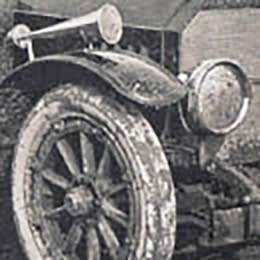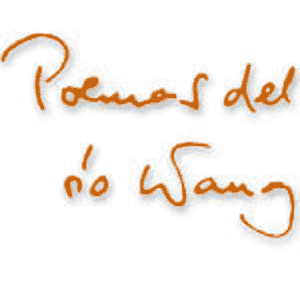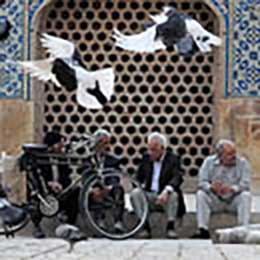
| Mehr ve mâh, مهر و ماه in Persian means the sun and the moon, and in a figurative sense the day which is equally shared by the sun and the moon: the equinox, 21st of March, the day of the Spring New Year that is Noruz. Mihrimah Sultan, daughter of Süleyman the Magnificent was named not only after her beauty similar to the sun and the moon, but also after the fact that she was born on the day of the spring equinox. She was the dearest daughter of her father who was actively involved in the affairs of the Ottoman empire: she kept correspondence with the Polish king, supported by her own money the establishment of a fleet against Malta, and even allegedly went on her father’s side to the battle of Gizeh. After his death, she became the guardian (“Valide Sultan”) to two young crown princes succeeding to each other. | Mehr ve mâh, مهر و ماه significa en persa el sol y la luna. Y, en sentido figurado, el día que se reparten por igual la luna y el sol: el equinoccio, 21 de marzo, el día del Año Nuevo de la Primavera, es decir, Noruz. Mihrimah Sultan, hija de Solimán el Magnífico, no fue llamada así solo por su belleza parecida a la del sol y la luna, sino también por haber nacido el día del equinoccio de primavera. Era la hija más querida de su padre y estuvo envuelta en los asuntos del imperio otomano: mantuvo correspondencia con el rey polaco, financió con su propio dinero una flota contra Malta, y hasta se dice que estuvo al lado de su padre en la batalla de Gizeh. Después de la muerte de su padre se convirtió en tutora («Valide Sultan») de dos jóvenes princesas que se sucedieron en la corona. |

| The name of Mihrimah is born by two mosques in Istanbul. The building of both was entrusted to the greatest master of Ottoman architecture Sinan Pasha, and both belong to the first, experimentary works of the master. On the mosque at the Edirne Gate he elaborated a new support system to increase the area available for windows, while in the mosque erected in 1547 in the port of Üsküdar and thus also called İskele that is Port Mosque, he made his first experiences inspired by the Hagia Sophia with half-domes supporting the central dome, the result of which would eventually influence his main work, the Süleymaniye Mosque which he began to construct three years later. | Dos mezquitas de Estambul llevan el nombre de Mihrimah. La construcción de ambas fue confiada al más grande maestro arquitecto otomano, Sinan Pasha, y ambas se cuentan entre sus primeros, aún experimentales, trabajos. En la mezquita de la Puerta de Edirne ideó un nuevo sistema de descarga del peso de la estructura para aumentar el área de las ventanas, mientras que en la mezquita erigida en 1547 en el puerto de Üsküdar (por eso también llamado İskele, es decir, Puerto Mezquita) hizo sus primeros experimentos inspirados en Santa Sofía, con medias bóvedas para sostener la bóveda central, y cuyo resultado inspiraría luego su obra principal, la mezquita de Süleymaniye, empezada tres años después. |

| According to the legend Sinan, who was in love with the beautiful sultana, built the two mosques so that when seen from Istanbul, the sun goes down behind the Mihrimah mosque at the Edirnekapı and the moon rises behind the two minarets of the Mihrimah mosque in Üsküdar on the birthday of Mihrimah, the 21th of March, just when we are writing this. | Según la leyenda, Sinan, que estaba enamorado de la hermosa sultana, construyó las dos mezquitas de modo que cuando se contemplan desde Estambul, el sol se pone tras la mezquita de Mihrimah en Edirnekapı y la luna sale por detrás de los dos minaretes de la mezquita de Mihrimah en Üsküdar el día del cumpleaños de Mihrimah, el 21 de marzo, justo cuando escribimos esto. |

 Ground plan of the Mihrimah mosque in Üsküdar / Plano de la mezquita de Mihrimah
Ground plan of the Mihrimah mosque in Üsküdar / Plano de la mezquita de Mihrimah en Üsküdar. Source / Fuente: Godfrey Goodwin, Sinan: Ottoman
Architecture and its Values Today, London / Londres 1993

























































































Add comment